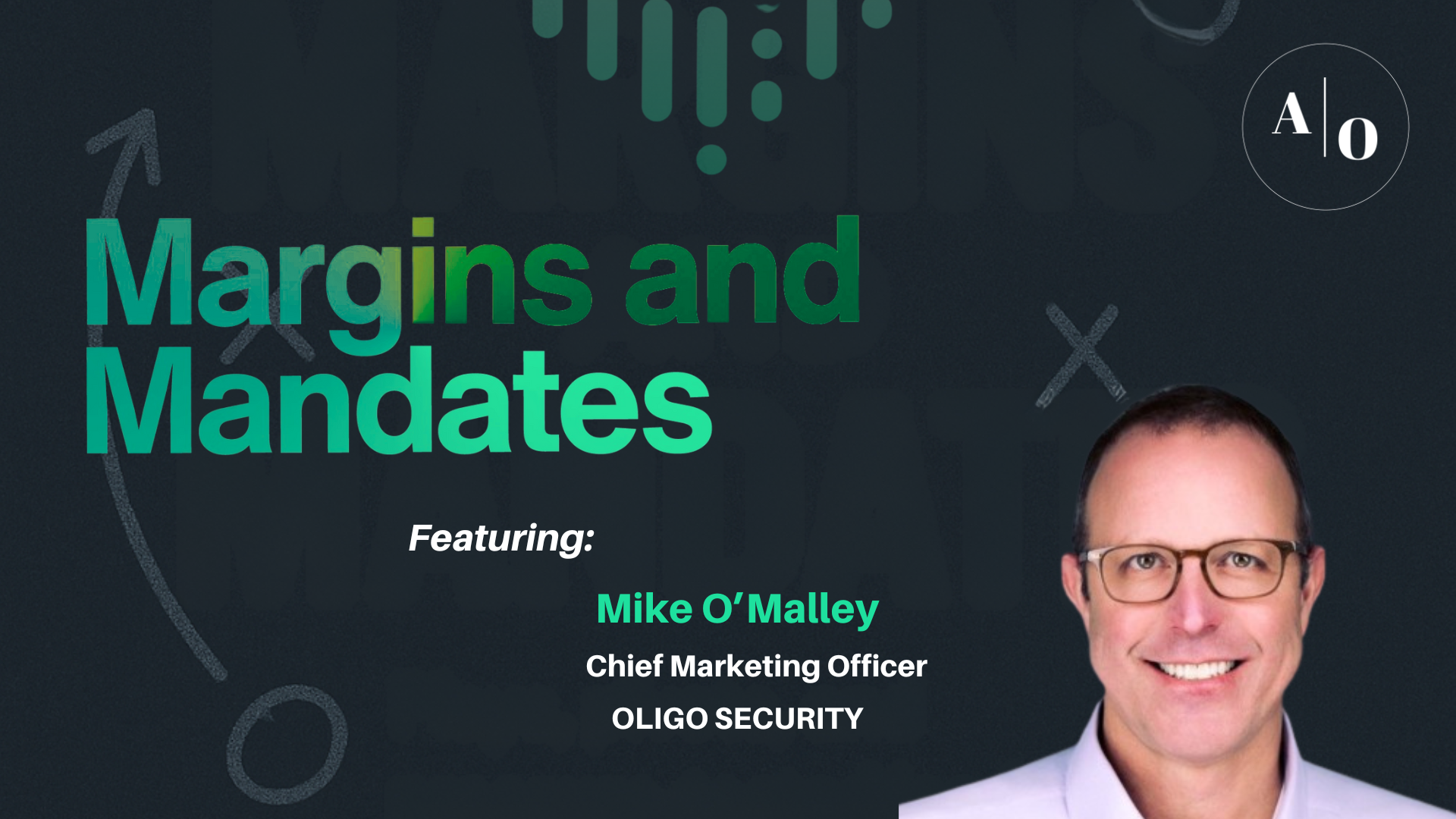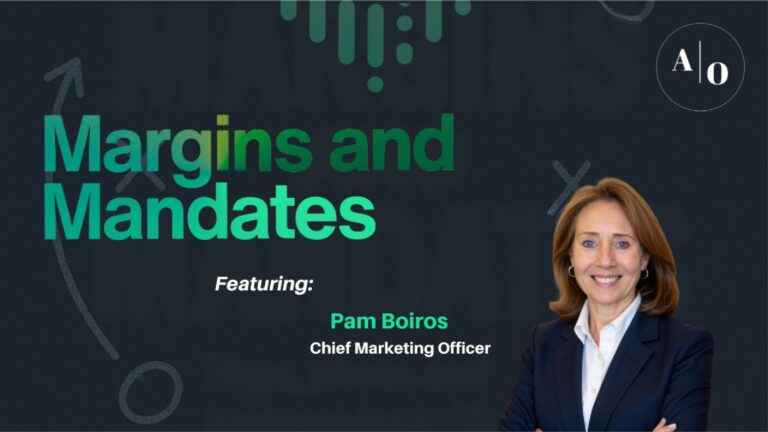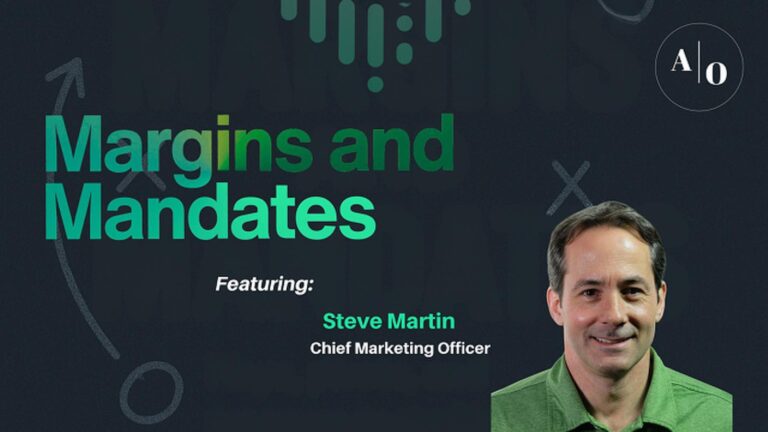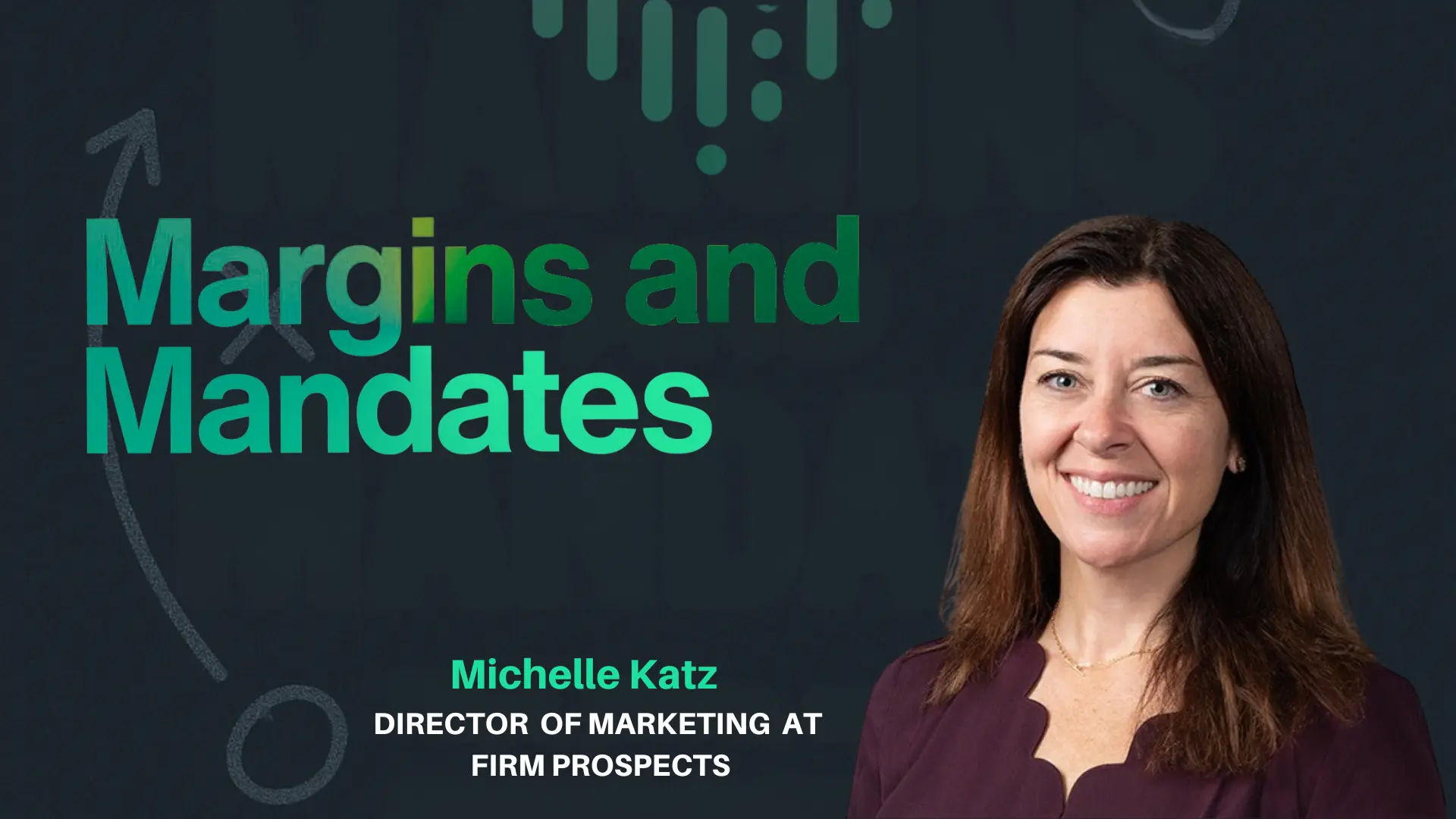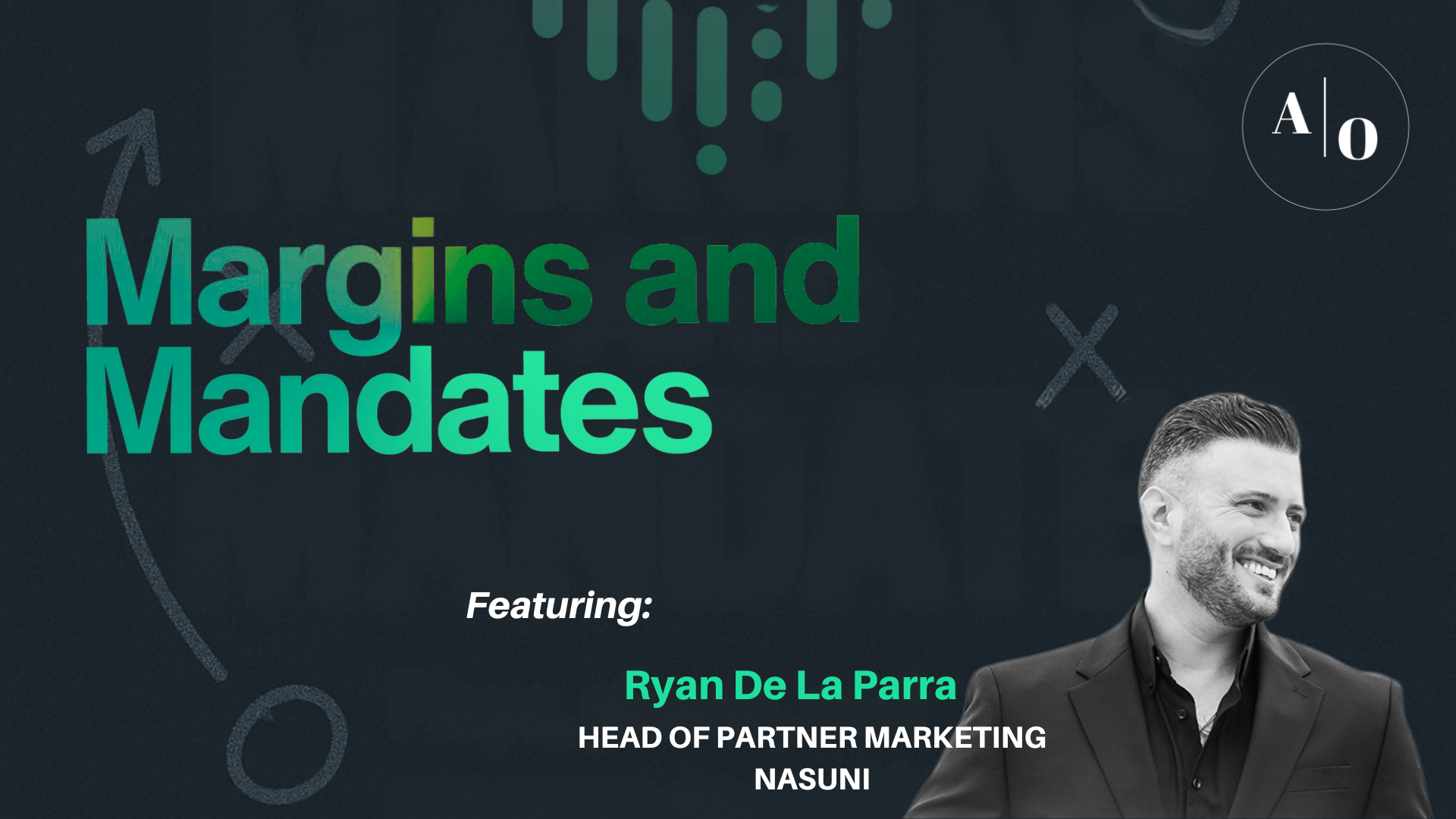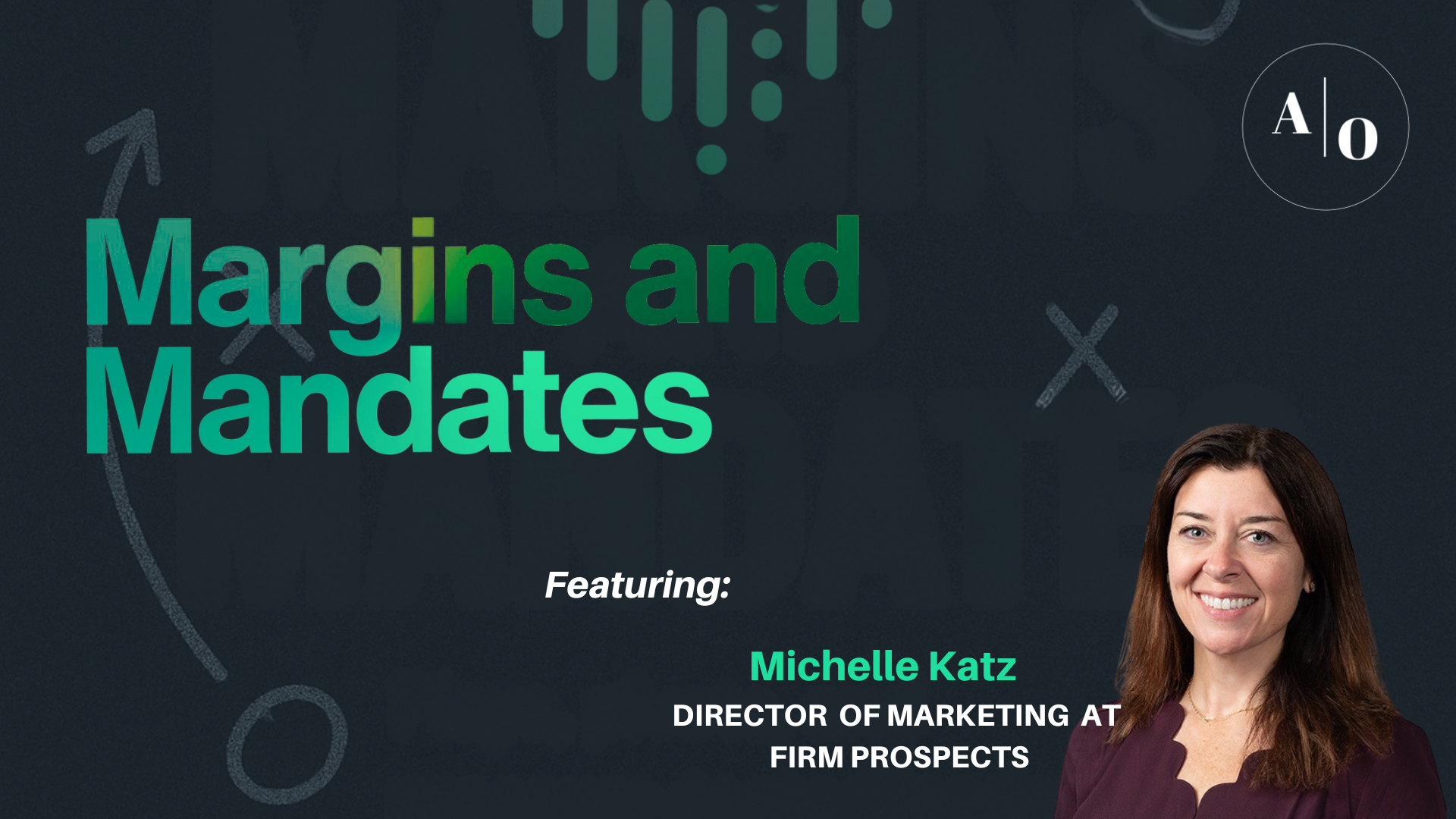At this point, everyone has either fully implemented, partially implemented, or at least strongly considered a Product Led Growth (PLG) or its cousin, Product Led Sales (PLS) strategy for their business. Successful implementation of a full PLG strategy (think Slack or Zoom) is difficult, and results have varied. With the shift in market focus toward profitable growth achieved through efficiency, the concept of Customer Led Growth (CLG) has gained popularity. While PLG focuses on acquiring and activating users through the product itself, CLG emphasizes delivering exceptional customer experiences to drive retention, expansion, and advocacy. This article examines the differences between these two strategies and explores whether they should be considered complementary or potentially conflicting approaches.
The Success of Product Led Growth (PLG)
PLG has long been the growth strategy of choice for many SaaS companies. Its core premise is simple: leverage the product as the main driver of user acquisition, activation, and retention. This approach prioritizes creating such a compelling product experience that users naturally advocate for, thus lowering Customer Acquisition Costs (CAC) and fostering organic growth. According to OpenView, a venture capital firm that coined the term, “PLG is a go-to-market strategy that relies on the product being the largest contributor to sustainable and efficient growth.” [1]
PLG requires the alignment of product features with market needs, ensuring that the value proposition speaks directly to the user’s pain points. From there, creating a frictionless user experience, from onboarding to daily use, must attract users but retain them long-term. This necessitates a robust feedback loop in which data-driven user insights are continuously harvested and refined to refine the product.
Product Led Sales (PLS) integrates a strategic sales component into the product-driven growth model by adding targeted sales efforts to accelerate deal closures, especially with high-value accounts. PLS combines product insights with sales intelligence to accelerate growth and deepen customer loyalty, offering a more comprehensive approach to business expansion. [2]
The Emergence of Customer Led Growth (CLG)
While PLG has been a widely adopted strategy, Customer Led Growth (CLG) has emerged as a complementary approach. According to a report by Gainsight, a leading customer success platform, “CLG is a customer-centric approach to business growth that prioritizes customer success, retention, and expansion as the primary drivers of revenue and growth.” [3]
CLG has gained popularity in recent years due to several factors, including:
- Product saturation and increased competition: As SaaS markets become more crowded, delivering superior customer experiences has become a key differentiator for retaining and expanding existing customer relationships.
- Emphasis on customer lifetime value (CLTV): With the rising costs of customer acquisition, SaaS companies are recognizing the importance of maximizing CLTV through effective customer success and retention strategies.
- Shift towards Profitable Efficient Growth (PEG): According to a report by Battery Ventures, “PEG is a framework that prioritizes customer retention and expansion over aggressive customer acquisition.” CLG aligns well with this focus on profitability and efficiency. [4]
“In today’s SaaS environment, where customer expectations are higher than ever, CLG offers a path to creating more meaningful, long-term relationships with users
April Dunford, “Positioning for Leading B2B SaaS Companies”. [5]
Leveraging PLG and CLG in a Complementary Way
PLG and CLG offer complementary strengths when integrated thoughtfully. PLG’s focus on low-cost user acquisition pairs well with CLG’s emphasis on maximizing the value of those users over time.
A key to harmonizing PLG and CLG lies in leveraging data and feedback loops. “By integrating customer feedback into the product development process, companies can ensure that their PLG efforts are always aligned with customer needs, thus enhancing the overall growth strategy,” suggests Laura Ramos, Vice President and Principal Analyst at Forrester Research. [6]
This integrated approach not only helps attract new users but also ensures that they remain engaged and find continuous value in the product, ultimately leading to higher retention rates and increased CLTV.
The Risks of Adopting Both Strategies
The primary challenge to a complementary approach is that each strategy is fundamentally geared toward different stakeholders with different priorities. PLG targets the end user and optimizes the end-user experience to build product loyalty. CLG is based on customers achieving measurable value and return on investment. Therefore, the CLG stakeholder’s role is likely a leader who is measured on business performance metrics of some kind.
This dichotomy creates conflict in managing product roadmap priorities, with PLG success dependent on improved user experience; CLG drives focus on features and capabilities that improve the value of and speed of business solution implementation.
Additionally, the allocation of resources across business functions can become strained, with PLG requiring more reliance on producing new product improvements faster, while CLG’s resource requirements are higher in customer support and success functions. When value propositions are not aligned, marketing messaging can become confused, and the GTM performance will suffer.
Overall, there’s the risk of strategic dilution. “Focusing too heavily on both strategies without a clear priority can lead to a lack of focus, undermining the effectiveness of both PLG and CLG,” warns Dunford.
Actionable Recommendations
In many cases, a strong focus on CLG is more complemented by Product Led Sales (PLS) than a pure PLG strategy. End-user engagement with PLG-like motions can drive interest in organizations that can be leveraged as sales leads. Self-directed demos and free product access may be for functionality that demonstrates how simple business problems can be solved, creating some sponsorship by end users to business decision-makers.
Other considerations when leveraging both PLG and CLG include:
- Define clear objectives and prioritize: Determine whether the primary focus is on rapid user acquisition (PLG) or maximizing customer lifetime value (CLV), and align resources accordingly.
- Adopt a phased approach: Start with either PLG or CLG, depending on the growth stage and priorities, and gradually integrate the complementary strategy as the company matures.
- Foster cross-functional collaboration: Establish clear governance and decision-making processes that involve product, marketing, sales, and customer success teams to align PLG and CLG efforts.
- Leverage data and insights: Integrate product usage data with customer feedback and insights to inform PLG and CLG strategies.
- Measure and iterate: Continuously measure and optimize PLG and CLG metrics, such as user activation, customer retention, and expansion rates, and adapt strategies accordingly.
In conclusion, while Product Led Growth (PLG) and Customer Led Growth (CLG) may seem like contrasting approaches, they can be leveraged in a complementary manner to drive holistic growth for SaaS companies. However, successful implementation requires careful prioritization, cross-functional alignment, and a balanced approach that considers the company’s growth stage, objectives, and resources.
Resources:
- Kyle Poyar: The Ultimate Product-Led Growth Resource Guide, March 2023
- TechCrunch: The Rise of Product-Led Sales, Jan 2023
- Gainsight Report: 6 CS Leaders Predictions on the Future of Customer Success, Mar 2024
- Battery Ventures Report: Growth at Any Cost is Out, Disciplined Growth is In, Jan 2024
- April Dunford: Positioning for B2B SaaS Companies, 2023
- Laura Ramos: B2B Customer Experience: Start Playing to Win and Stop Playing Not to Lose, Forrester, 2022.
- Marc Shroder: How Founders Can Choose Between Product-Led Growth and Product-Led Sales, Forbes, 2023
